-

Optimizing Event Spaces: Utilization Insights from IFMA World Workplace 2025
For the second year in a row, R-Zero was proud to partner with the International Facility Management Association (IFMA) to deploy smart sensors throughout the World Workplace 2025 conference. By monitoring occupancy, environmental quality, and traffic patterns across the conference, we captured utilization data that tells a story. The insights reveal actionable opportunities for event […]
-

Finding Money Hidden in Your Building’s Energy Data: ProspectorNY
When energy regulations tighten and utility costs climb, building owners face a tough choice: invest in costly upgrades or face rising operational expenses and the risk of costly penalties. But what if you could pinpoint exactly where your buildings are wasting energy and calculate the savings before spending a dollar? That’s the idea behind ProspectorNY, […]
-

How to Pilot SecureAire Filters
A Step-by-Step Guide for Facilities Teams Cut HVAC energy use, extend filter life, and improve indoor air quality—without disrupting operations. Piloting R-Zero’s SecureAire filters is a smart move for facilities teams seeking to enhance HVAC performance and air quality while achieving energy savings. This guide walks you through how to plan and execute a data-driven […]
-
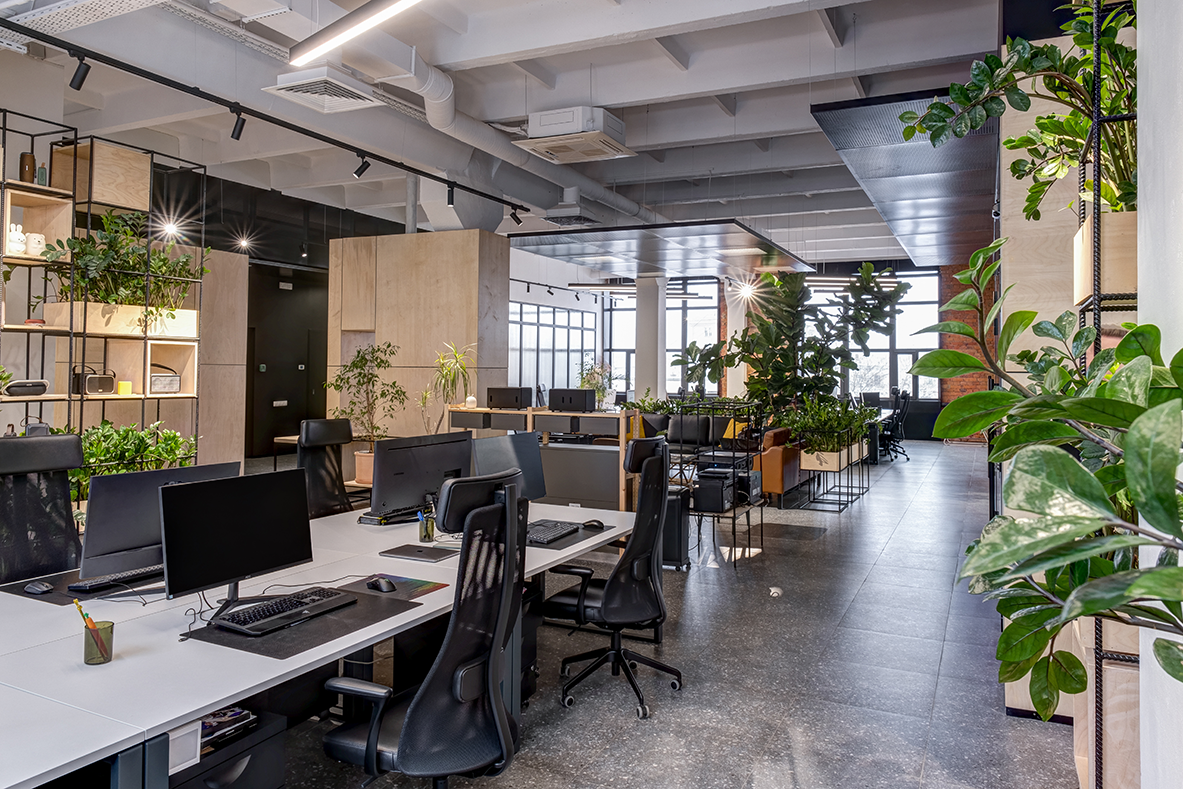
Smarter ventilation, lower cost: a guide to reducing HVAC energy without disruption
This guide is for energy leads and operations teams evaluating R-Zero. It outlines how our platform delivers measurable HVAC energy savings—not through expensive capital upgrades or disruptive equipment replacements, but by intelligently reducing airflow where it’s not needed and improving the efficiency of air movement through smarter filtration. Static schedules vs CO₂ vs occupancy-driven control […]
-

The Energy Efficiency FAQ: Clear Answers to Common Questions About Smarter Buildings
When people first learn about R-Zero’s platform, they often have smart, valid questions, and a few common concerns. Some are based on past experiences with other systems. Others come from how building operations used to work. This FAQ is here to give you clear, straightforward answers. Just helpful context on how R-Zero fits into your […]
-
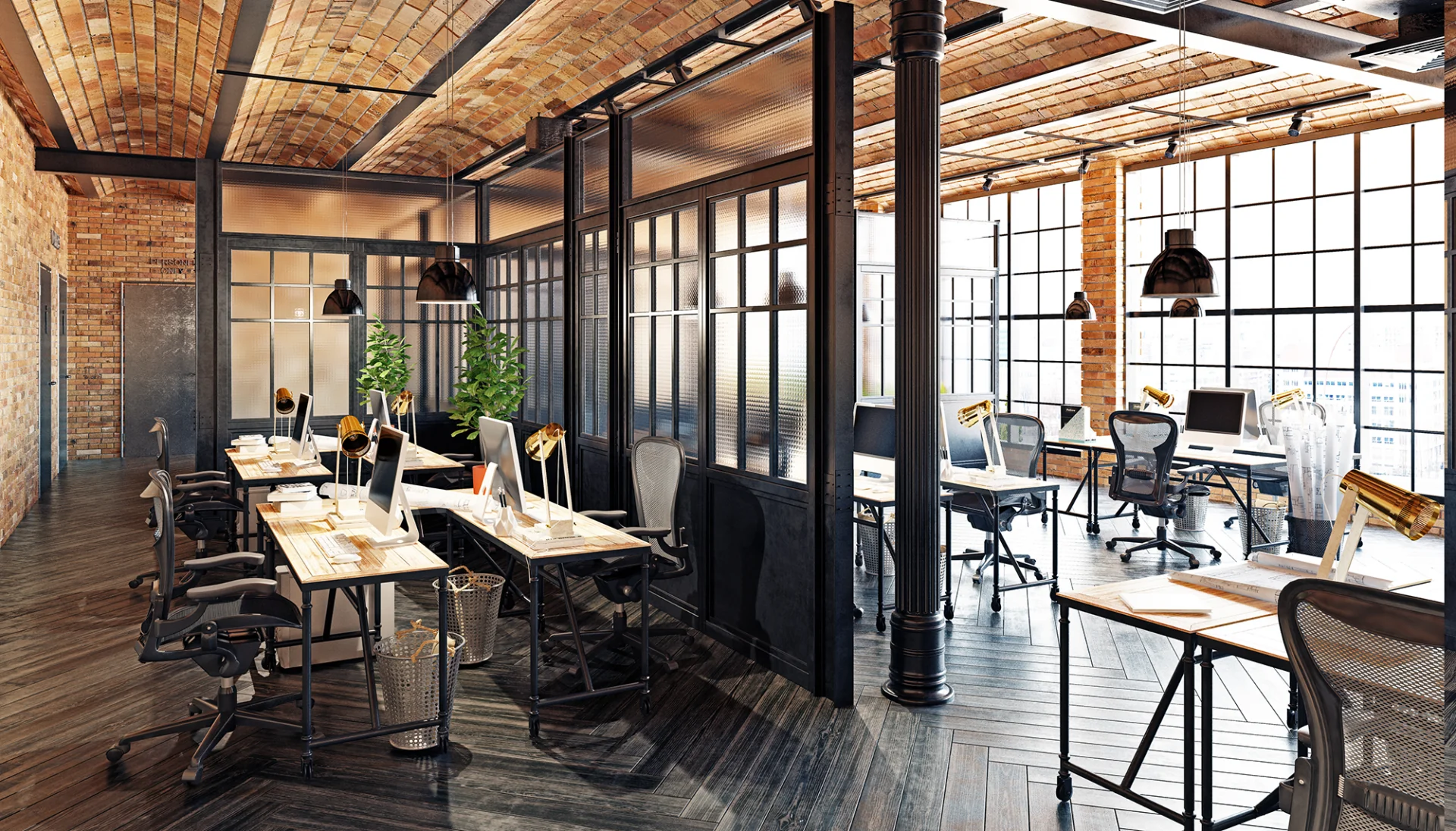
Why Air Quality Sensor Placement Matters
Whatever your reason for installing indoor air quality sensors — whether you’re focused on improving or proving air quality, or validating HVAC energy savings or filter upgrades — IAQ sensors are only as useful as where you place them. The right positioning ensures you’re capturing meaningful, occupant-relevant data, not just system metrics. This helps: Even […]
-
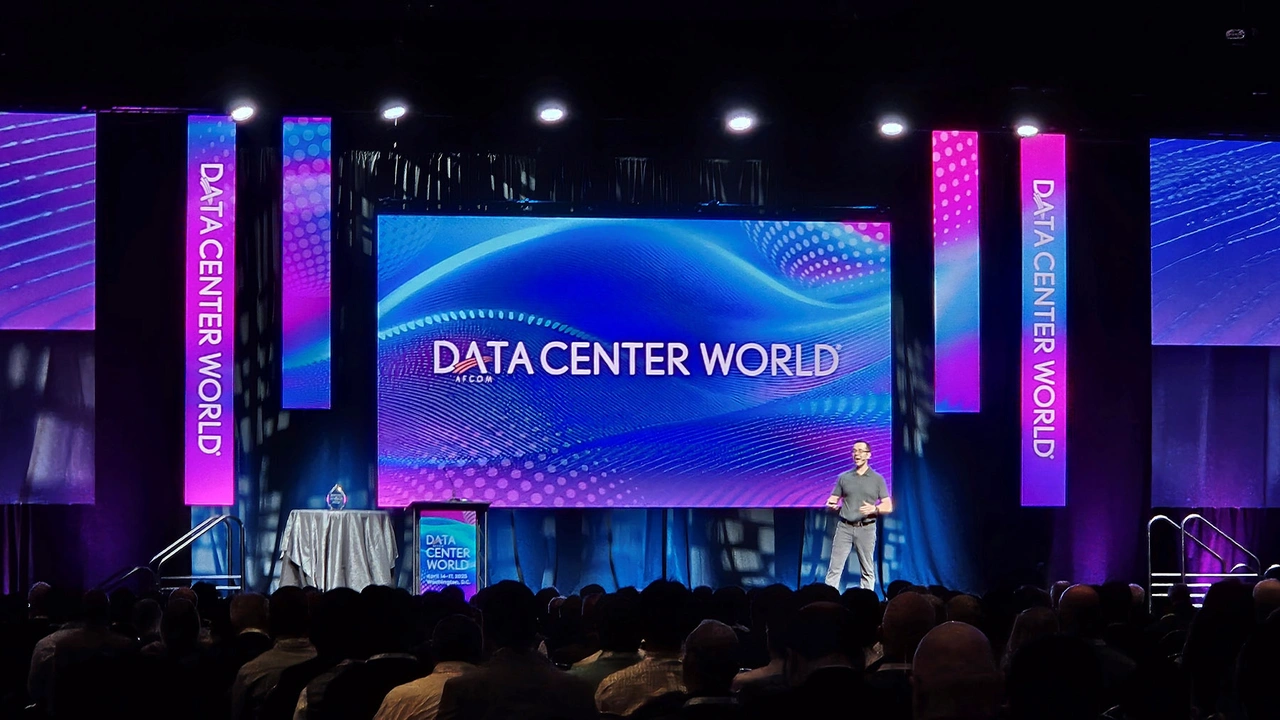
R-Zero Wins “Most Disruptive Technology” at Data Center World 2025 Innovation Challenge
At this year’s Data Center World, where the industry’s most transformative technologies took center stage, R-Zero earned top honors in the Innovation Challenge, with our high-efficiency filtration solution recognized as the “Most Disruptive Technology.” This award is a testament to our commitment of advancing building performance: driving down HVAC energy consumption and elevating air quality […]
-

BACnet Gateway Explainer
Overview: Real-Time Occupancy Intelligence That Drives Energy Savings The R-Zero BACnet Gateway enables real-time HVAC optimization by translating sensor-level occupancy data into actionable building control signals—directly within your existing BMS. This is the key enabler of our “data-only” optimization strategy, delivering energy savings with no construction, no IT headaches, and no disruption to tenant comfort. […]
-

Smarter ventilation, fewer headaches: how R-Zero’s O-DCV pilot works—and why it pays off
If you’re exploring an energy savings pilot with R-Zero, here’s what your teams need to know: how it works, what’s involved, how it compares to traditional systems, and how it creates value for asset, operations, and facilities leaders — fast and without disruption. First, what is O-DCV? Occupancy-Driven Demand Control Ventilation (O-DCV) uses real-time occupancy […]
-
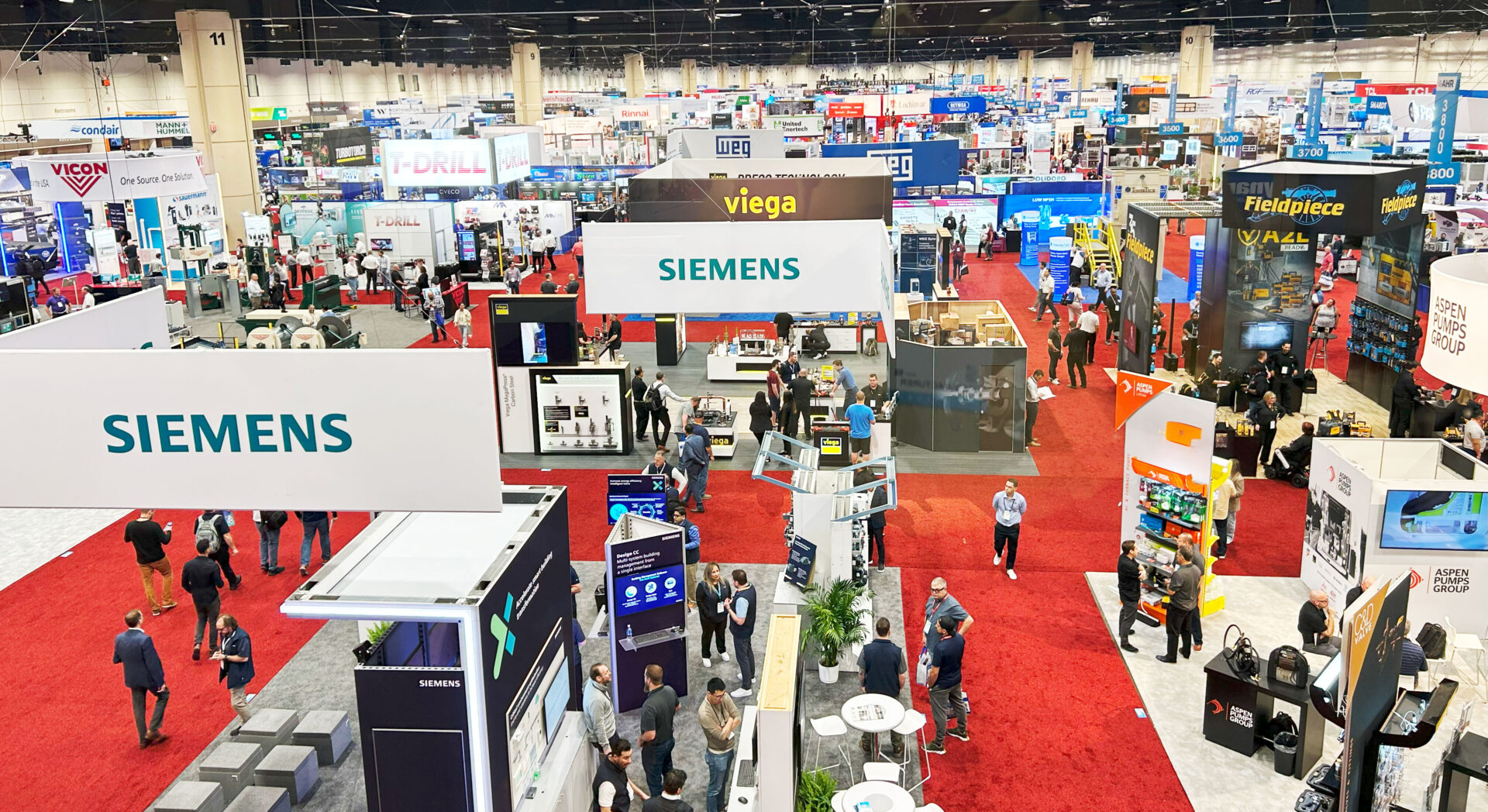
3 Key Takeaways from AHR Expo 2025: What’s Shaping the Future of HVAC
The 2025 AHR Expo brought together HVAC industry leaders, innovators, and professionals to showcase the latest advancements in heating, ventilation, and air conditioning. Here are the key insights that stood out from our team on the ground. 1. Smart Technology is Enhancing, Not Replacing, Traditional HVAC A significant shift observed at this year’s expo is […]
-

Webinar Recap: Redefining Energy Efficiency
As commercial energy costs continue to rise, building operators are looking for faster, cost-effective solutions to reduce waste and improve efficiency. Heating, Ventilation, and Air Conditioning (HVAC) systems account for nearly 60-70% of total building energy consumption, making them one of the largest opportunities for savings. However, traditional HVAC systems often operate on outdated schedules, […]
-
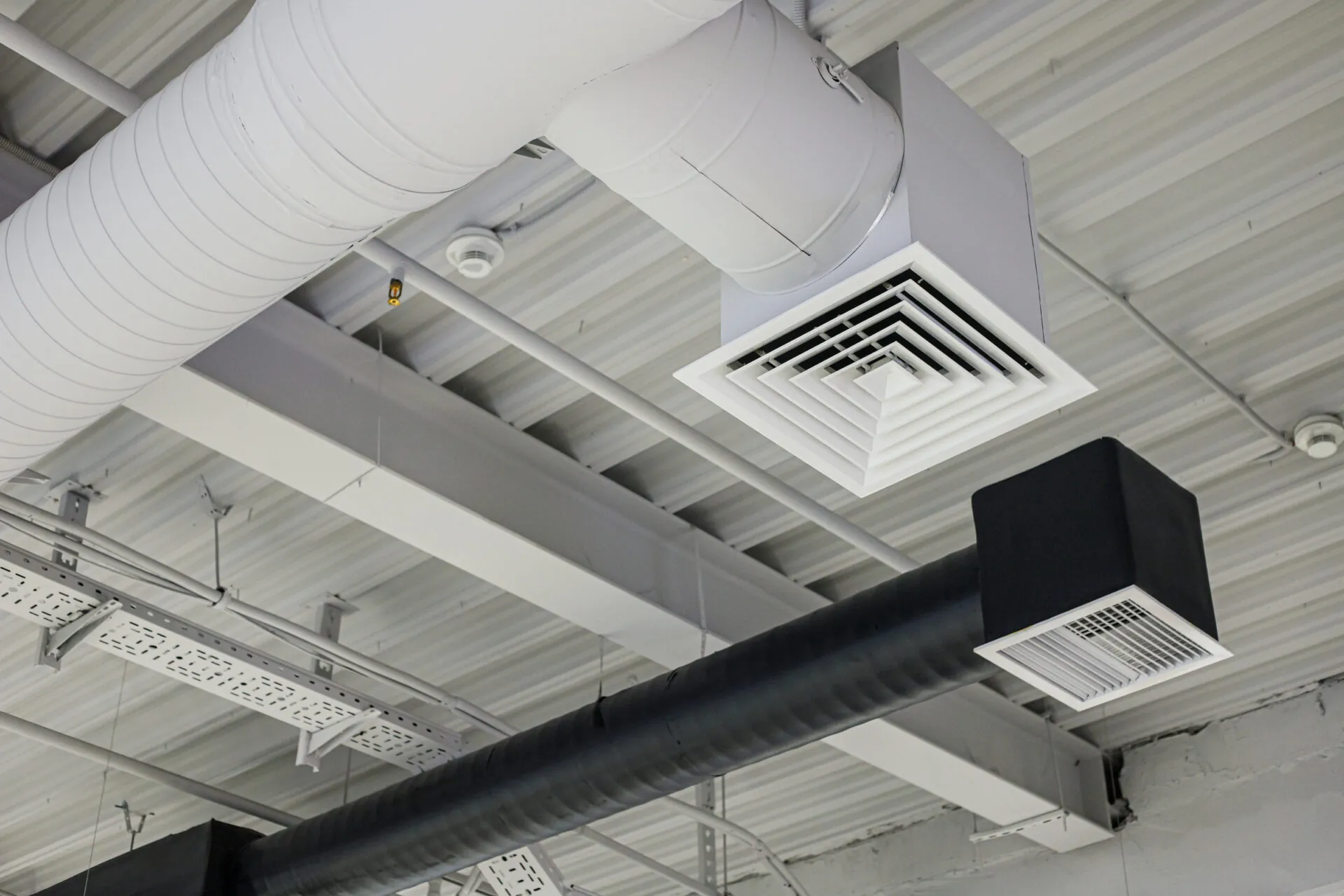
Smart Ventilation: How O-DCV Unlocks Energy Savings and Efficiency
In today’s commercial buildings, striking the perfect balance between energy efficiency, cost savings, and occupant comfort can feel like an impossible task. But innovative technologies like Occupancy-Based Demand Control Ventilation (O-DCV) are changing the game by aligning building operations with real-time occupancy patterns. Let’s dive into what O-DCV is, how it works, and why it’s […]
-

Wildfire Smoke: Understanding the Impact on Indoor Air Quality
As we face yet another intense wildfire season, with significant events already impacting regions across the country, the challenges to air quality, both outdoors and indoors, are more pressing than ever. Wildfires contribute up to 50% of “ultrafine” particles in the air; tiny pollutants that can travel hundreds of miles and infiltrate indoor spaces, affecting […]
-

Optimizing Occupancy and Indoor Air Quality: Insights for the Future of Smart Buildings
As the dynamics of the built environment evolve, understanding occupancy and indoor air quality (IAQ) is critical to designing spaces that are efficient, adaptable, and optimized for occupant comfort. At R-Zero, we believe smarter building management starts with actionable insights, rooted in real-time data on how spaces are used and how they can better support […]
-

Key Takeaways from CREtech New York: What Top Occupiers Want from Their Workplaces
When some of the world’s largest occupiers—Salesforce, Pfizer, Comcast, McKesson, and Interpublic Group—share their vision for the workplaces of tomorrow, the real estate industry takes notice. At CREtech New York, these occupiers offered invaluable insights into what quality means for them, how they define flexibility, and why location and employee well-being are pivotal in shaping […]
-
Space Utilization and Comfort in Focus at IFMA World Workplace 2024
At this year’s IFMA World Workplace event, R-Zero installed its cutting-edge sensor technology to gather key metrics on space utilization and environmental comfort at the IFMA event headquarters, to provide a clear picture of how attendees interacted with various spaces and how air quality and comfort parameters held up in a high-traffic environment. Utilization Insights: […]
-

Why Data-Driven Decisions Are Transforming Commercial Real Estate Management
In the commercial real estate (CRE) industry, staying ahead means embracing innovation, especially when it comes to managing space, energy, and operational costs. While traditional methods for managing buildings relied on manual tracking, guesswork, and rough estimates, today’s landscape demands more precise, data-driven approaches. This shift is not only necessary to meet evolving tenant expectations […]
-

Understanding LL97 and Its Impact on NYC Commercial Real Estate
New York City’s Local Law 97 (LL97) represents one of the most ambitious steps toward achieving the city’s sustainability goals. Enacted as part of the Climate Mobilization Act, LL97 imposes strict carbon emission caps on buildings over 25,000 square feet. This law targets the biggest source of city emissions—buildings, which make up about half of […]
-

What is the Right CO2 Level in Commercial Buildings for Productivity and Comfort
In the modern workplace, creating environments that boost productivity and enhance occupant comfort is crucial. One often overlooked factor in achieving this is the management of indoor carbon dioxide (CO2) levels. CO2 serves as a key indicator of ventilation quality in buildings, which directly impacts occupant performance and overall indoor comfort. Why CO2 Levels Matter […]
-
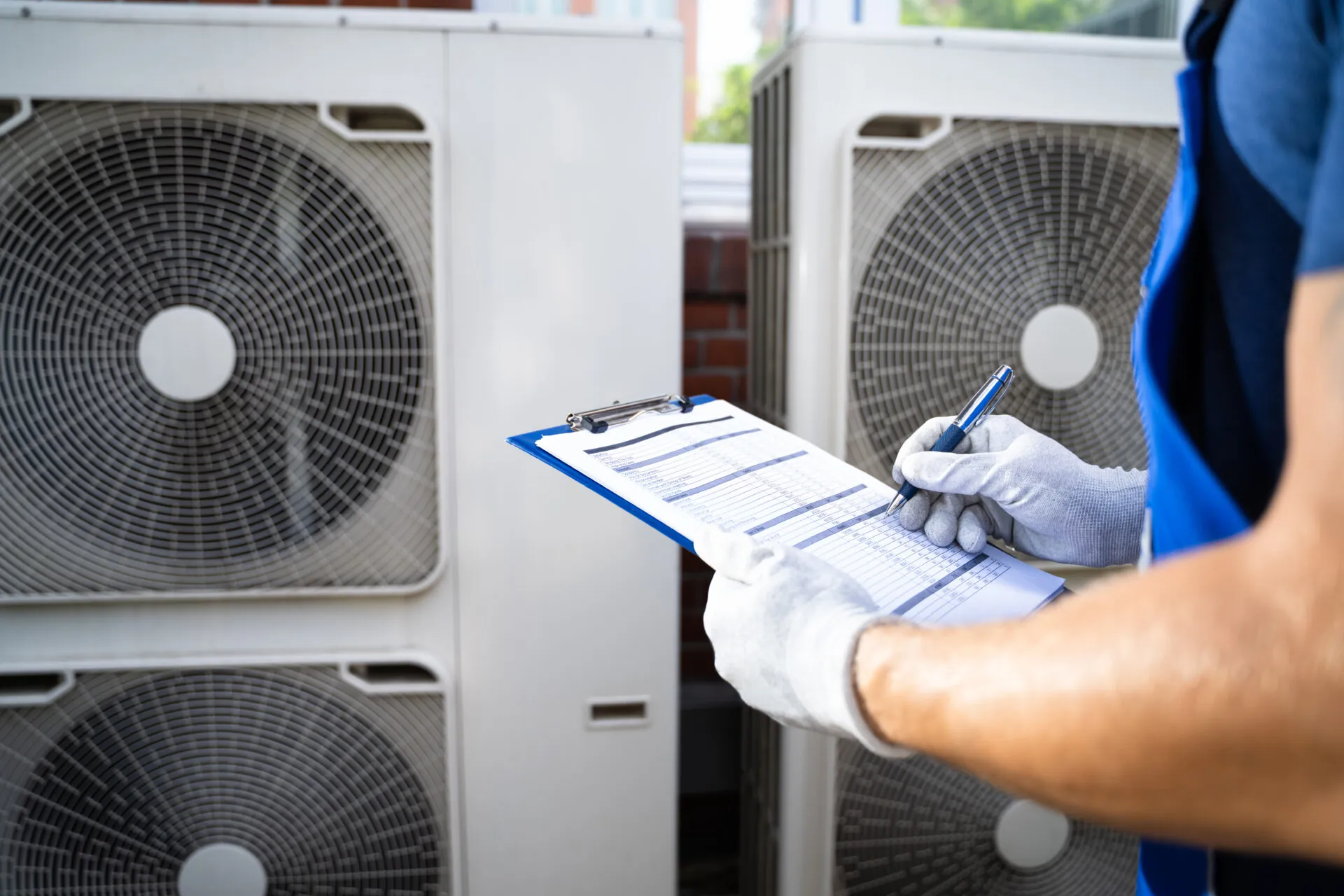
Using Indoor Air Quality Monitors for HVAC Fault Detection
Ensuring optimal indoor air quality (IAQ) in buildings is essential for maintaining a comfortable and effective work environment. Poor IAQ levels can lead to a range of issues for employees, impacting comfort, productivity, and well-being. One effective way to improve indoor air quality and ensure the efficient operation of HVAC systems is through the use […]
-

R-Zero Adds Energy-Efficient HVAC Filtration Technology with SecureAire Acquisition
Exciting news! R-Zero has announced its acquisition of SecureAire, bringing industry-leading, electrically-enhanced HVAC filtration technology into its decarbonization portfolio. With this acquisition, R-Zero strengthens its commitment to energy efficiency and superior indoor air quality. Why HVAC Filtration Matters for Energy Efficiency Traditional HVAC filtration systems, particularly those with a MERV 13 rating or higher, often […]
-

Why should I improve indoor air quality (IAQ) & indoor environmental quality (IEQ) in my buildings?
The Importance of Healthy Indoor Air Quality Clean air and proper ventilation indoors is crucial for the creation of high-performance work places, classrooms, and healthcare environments. It’s also essential in fostering comfort, productivity, and well-being for your building occupants. Imagine walking into a building optimized for health and comfort. The air feels fresh and light. […]
-
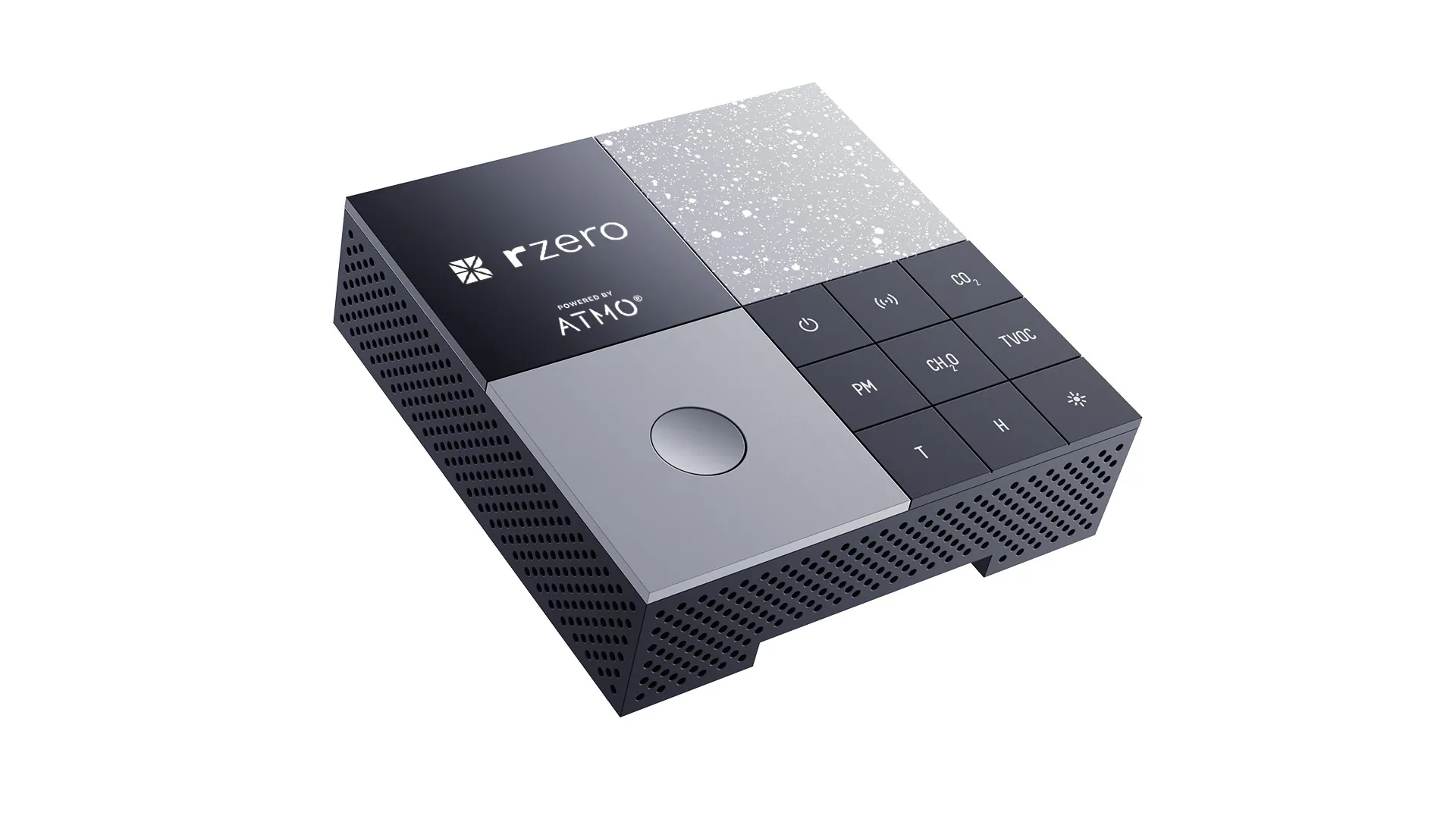
Improve Building Performance & Comfort with Indoor Air Quality Monitoring
Did you hear the news? R-Zero launched a RESET-certified indoor air quality (IAQ) monitor and connected dashboard to visualize and act on indoor air and environmental quality data on demand. Designed for use in office buildings, schools, and healthcare facilities, our comprehensive IAQ and IEQ monitor boosts occupant comfort and operational performance, including HVAC fault […]
-

How to Improve Indoor Air Quality in Your Buildings
As a building owner or operator, ensuring optimal indoor air quality (IAQ) in your spaces is essential for the well-being and productivity of your tenants and occupants. To help you get started, here’s a guide to ensure you are meeting indoor air quality standards across your real estate portfolio. Understanding Indoor Air Quality Standards To […]
-
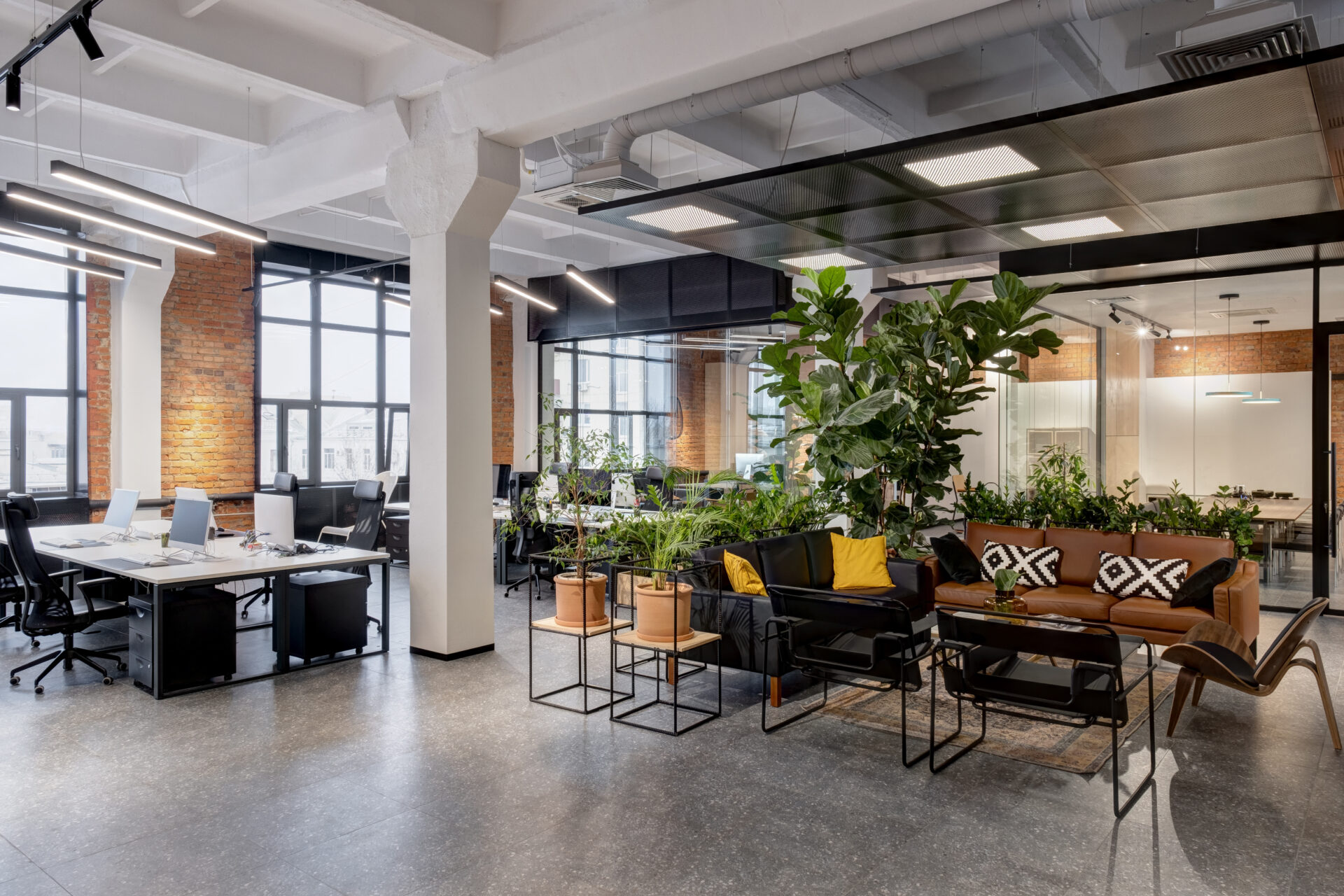
The importance of indoor air quality testing in office buildings
In today’s workplace, ensuring a healthy and productive environment for employees is crucial. One of the most significant factors influencing workplace well-being is indoor air quality (IAQ). As part of our focus on smart buildings, R-Zero offers advanced indoor air quality testing solutions like the R-Zero IAQ Monitor, designed specifically for enhancing occupant comfort and […]
-

The evolution of workplace experience and design: 4 trends shaping the future of office spaces in 2024
As workplace standards evolve, office design must adapt to new expectations around hybrid work and sustainability. JLL’s recent U.S. and Canada Design Trends and Cost Guide highlights key shifts shaping the future of office spaces. Workplace experience trend 1: Human-led design Workspaces are being reimagined to support both collaborative and focused work. The emphasis is […]
-

Embracing the Future of Buildings with BOMA’s 2024 Office Standard
The Building Owners and Managers Association (BOMA) Office Standard is a strategic tool that empowers property managers, owners, and tenants to navigate the complexities of the commercial real estate market. Used to compute the floor area in and around office buildings and updated to reflect the changing needs of the CRE market, the BOMA Office […]
-

The Importance of Improving Indoor Air Quality in Senior Care Facilities
With the increasing number of wildfires happening across North America every year, providing optimal indoor air quality in senior living facilities has never been more essential. Last year, wildfire smoke affected 120 million people in Canada and the United States, triggering air quality alerts across these regions. Seniors are particularly vulnerable to poor air quality […]
-

Route to Energy-Efficient Buildings: Occupant-Count Demand Control Ventilation
Using live occupancy sensor data to monitor, measure, and exact control over building HVAC systems in real-time, while also optimizing energy performance and occupant comfort is on the rise as a method to improve energy efficiency in commercial buildings. By implementing occupant-count demand control ventilation (ODCV), organizations can identify opportunities to optimize ventilation across crowded […]
-

The Value of Improving Indoor Air Quality in Buildings
Understanding and improving indoor air quality is important because it ensures your indoor spaces are providing adequate ventilation and keeping building tenants comfortable, productive, and healthy. Indoor air quality monitoring is also a strategic tool that can help you reduce unnecessary energy costs tied to overrunning your HVAC systems to increase ventilation in your spaces. […]
-

Using Data and Design to Create Effective Workplaces
R-Zero recently hosted a virtual fireside chat with One Workplace executives Dave Bryant and Chris Park to discuss the role of data and design in creating more intentional and effective spaces. Through our partnership with One Workplace, R-Zero helps organizations adopt technology solutions that improve the utilization, well-being, and sustainability of their buildings, workplaces, and […]
-

Returning to the Office – Q1 2024 Workplace Utilization Insights
Since 2020, the idea of the “office” or “workplace” has evolved dramatically. The rise of hybrid work has redefined where and what is required to drive employee productivity and efficiency, and as a result, challenges the organizations that own, plan, and manage office buildings, to innovate and adapt to these changing dynamics; or fall behind. […]
-

Measure Your Space Performance via the 4 Pillars of Building Intelligence
You should monitor and measure four pillars of building intelligence to truly understand if an indoor space effectively meets the needs of those who use, manage, and invest in it. These pillars are occupancy, indoor air quality, energy usage, and indoor health. Read more below about how each of these pillars help determine if your […]
-

U.S. Department of Health and Human Services Launches New Initiatives to Reduce Carbon Emissions in Healthcare
Last week, the U.S. Department of Health and Human Services (HHS) announced new initiatives focused on reducing carbon emissions and preparing for climate-related challenges in the healthcare sector. A recent analysis by the National Commission on Climate and Workforce Health reveals that less than 1 in 5 business leaders feel fully prepared to address long-term, […]
-

Trends Driving Corporate Climate Strategies in 2024
Research firm Verdantix recently published a study surveying 353 global decision-makers, across 38 countries, on the key trends shaping their corporate climate change strategies in 2024. Currently, net zero targets cover a majority (92%) of global GDP. According to the study, prioritizing compliance, seeking competitive advantage, and aligning with stakeholder requirements are the top three […]
-

Celebrating Earth Day, Today and Everyday
We are proud to celebrate Earth Day, today and everyday, in our mission of preparing today’s buildings to meet tomorrow’s challenges. Historically, achieving a balance between building user comfort and experience resulted in increased energy consumption and cost, presenting a significant trade-off for building owners and operators aiming for efficiency and sustainability. R-Zero solutions remove […]
-

Creating Energy-Efficient Outcomes for Your Buildings
Q&A with R-Zero’s Matt Arneson In honor of Earth Month, we sat down with our in-house expert in energy efficiency, Matt Arneson, to learn more about how customers can drive sustainable outcomes across their buildings. Climate disclosure regulations, both domestic and international, seem to be in the news every week. Are building developers, owners, and […]
-

A Conversation with FEA President and COO Laurie Gilmer on Effective Facility Management
R-Zero recently connected with Laurie Gilmer, President and COO at Facility Engineering Associates (FEA) and former chair of the International Facility Management Association (IFMA), to discuss actionable ways that facility managers can improve their building performance and increase their energy savings. Through her work at the FEA, Laurie mentors facility managers on strategies to best […]
-

Finding Your Fit in the Sensing Maturity Model
The way we do business changes quickly, but the spaces in which we conduct that business do not. Hybrid work models, changing workforce preferences, operational priorities, and rising energy costs, have all fundamentally changed the way we use and think about our buildings and our workspaces. Thankfully, sensing technologies offer an easy and accessible solution […]
-

How Sensing Technologies Can Make Buildings More Responsive
Did you miss our most recent webinar on the five ways sensing technologies can make buildings healthier and more productive? In this session, R-Zero’s Vice President of Product Marketing, Uri Kogan, explores how implementing a broad sensor program that captures presence detection, occupant count, air quality, and environmental quality monitoring can be an effective tool […]
-

Customer Spotlight: Providing Usage Data to Corporate Real Estate Customers
Commercial companies know the importance of data; data insights allow them to optimize and adjust resources in order to achieve their long-term goals. That’s why savvy commercial companies seek out data about their employees’ workspace usage, in order to optimize their spaces for employee satisfaction and performance. R-Zero’s WorkPoint Sensors and WorkSpace Counters are developed […]
-
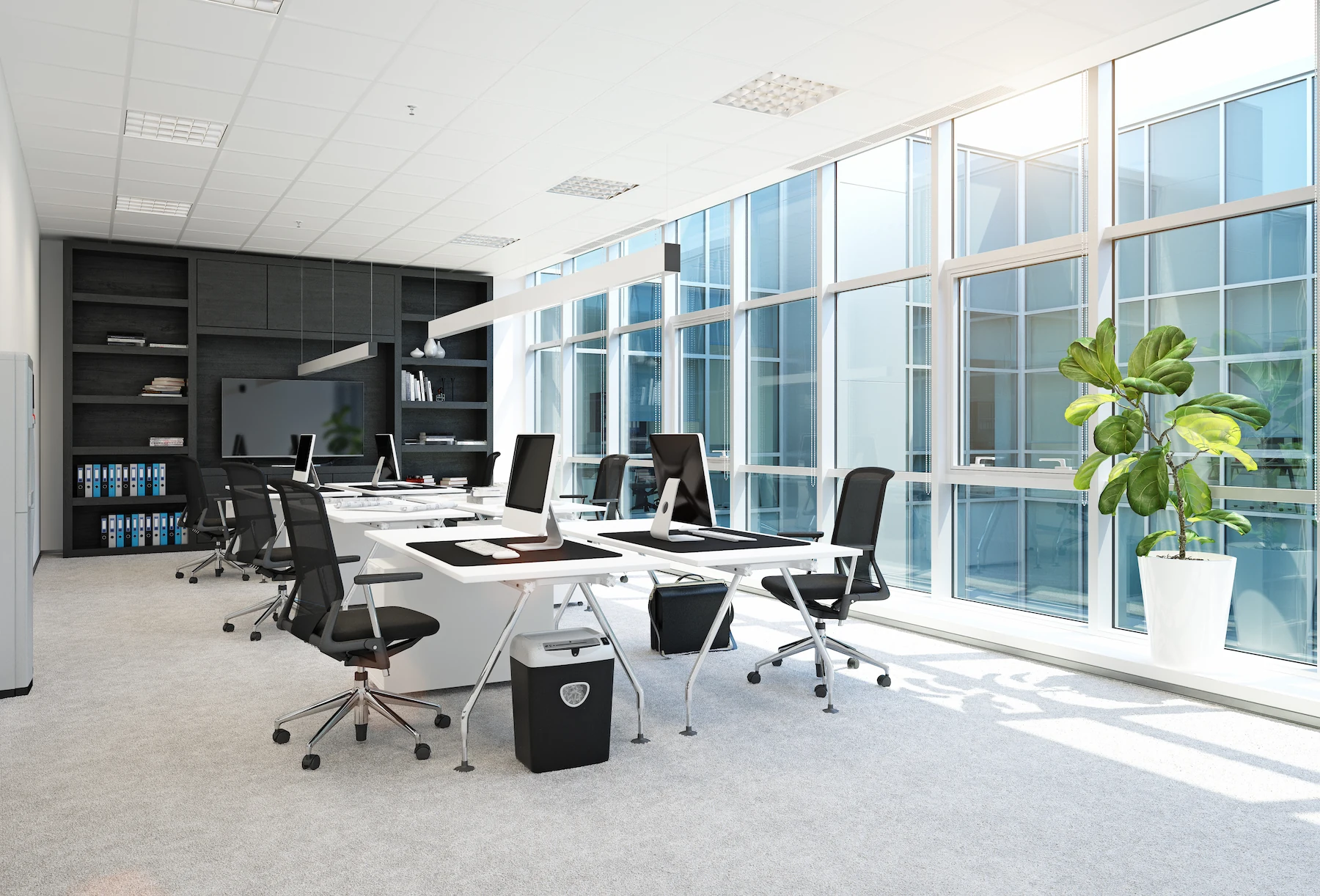
3 Strategies to Cut Energy and Operating Costs
If you missed R-Zero’s recent webinar on strategies to cut down on energy and operating costs, here’s a quick recap that covers our three main strategies for measuring, optimizing, and restructuring your building for maximum savings. Energy Usage in Buildings Commercial buildings spend a significant amount of money on energy, but the usage depends on […]
-

Navigating the Rising Costs of Meeting Building Ventilation and IAQ Standards
Building owners and operators have been faced with a threefold challenge of increasing costs to meet ventilation and indoor air quality standards in recent years. The three key drivers that contribute to the rising cost are: the increase in required indoor air quality standards, the cost increases in HVAC systems and labor, and the cost […]
-

Understanding Hospital Energy Usage
Healthcare buildings are energy-intensive structures, but none are more energy-intensive than hospitals. On average, hospitals use about 2.75 times the energy per square foot of all commercial buildings. Here’s a breakdown of what makes up a hospital’s large demand for energy, and how that energy demand can vary depending on the region. Hospital Energy Statistics […]
-

What is “Sick Building Syndrome?”
Overview of Sick Building Syndrome Sick Building Syndrome (SBS) is the term used describe a condition where occupants of a building experience a range of symptoms, with no clear identifiable cause. These symptoms typically occur when spending time within an affected building, and typically improve upon leaving. Sick Building Syndrome shouldn’t be confused with Building […]
-
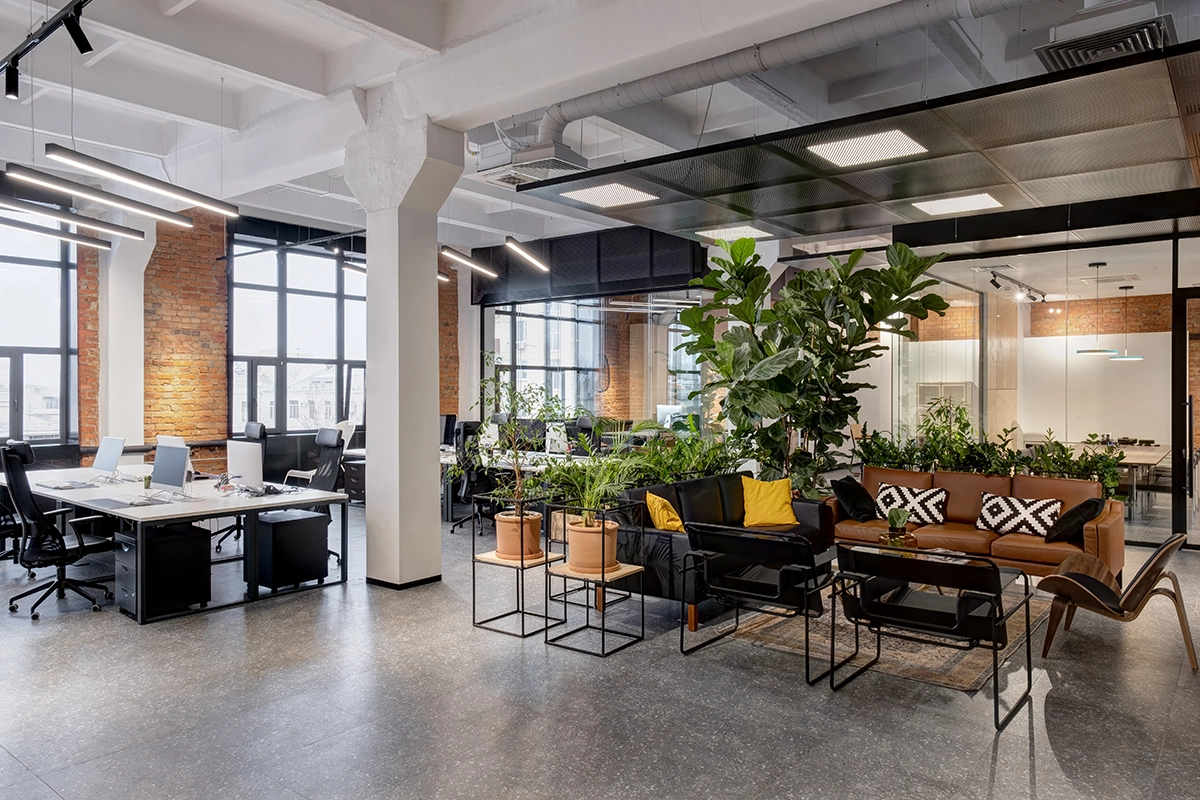
ASHRAE Announces Groundbreaking Standard to Improve Indoor Air Quality
The American Society of Heating, Refrigerating and Air-Conditioning Engineers (ASHRAE) recently approved groundbreaking new guidelines, ASHRAE Standard 241, to reduce the risk of disease transmission in indoor spaces. This standard is a breakthrough in public health and has the potential to drastically reduce the spread of contagious illnesses in places like schools, office buildings, and […]
-

Sustainability In Practice—Using Utilization Data to Calculate Energy and Emissions Reduction Opportunities
Carbon reduction and energy efficiency are subjects we care deeply about at R-Zero. We want to help break down the silos that occupancy data traditionally resides in and apply it toward initiatives that are meaningful for the entire business. As such, we have built some basic calculations that can help organizations understand their emissions and […]
-
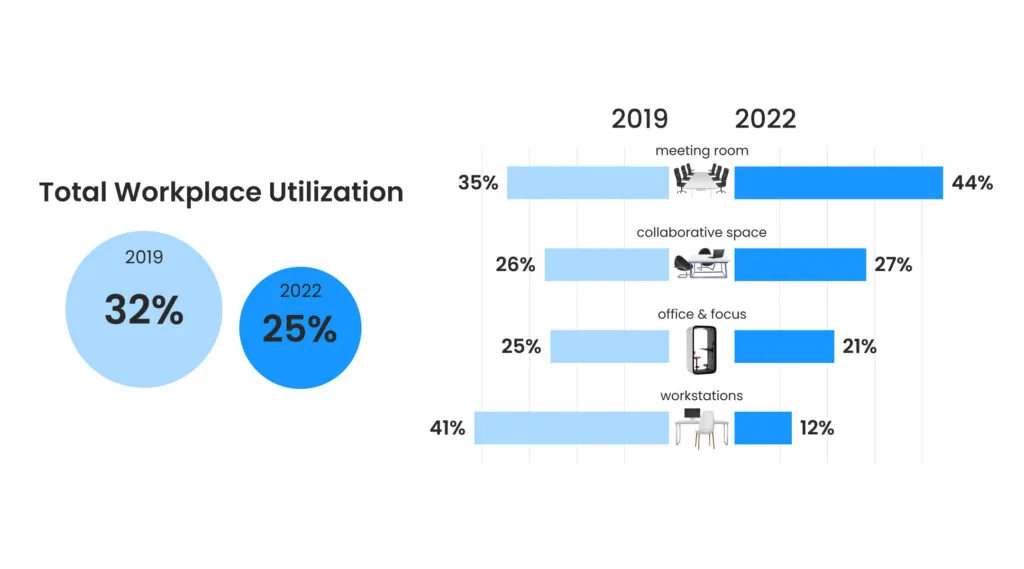
2022 Benchmark Data. Who Is Measuring What?
Hello Friends, Who ended 2022 where you thought you would? Well, many of our customers did not and some ended the year finding themselves in the middle of surprising new trends. We’d like to share with you some of our 2022 sensor-based Utilization Benchmark Data. If you are curious about any of these key findings, […]
-

Right-Sizing your Portfolio with Peak Metrics
A new way of working is here to stay. What started as a pandemic-era necessity has rapidly become the norm in many industries, including many fortune 500 companies and global corporations. Studies have shown that 73% percent of employees say they need a better reason to go into the office than just company expectations. It’s […]
-
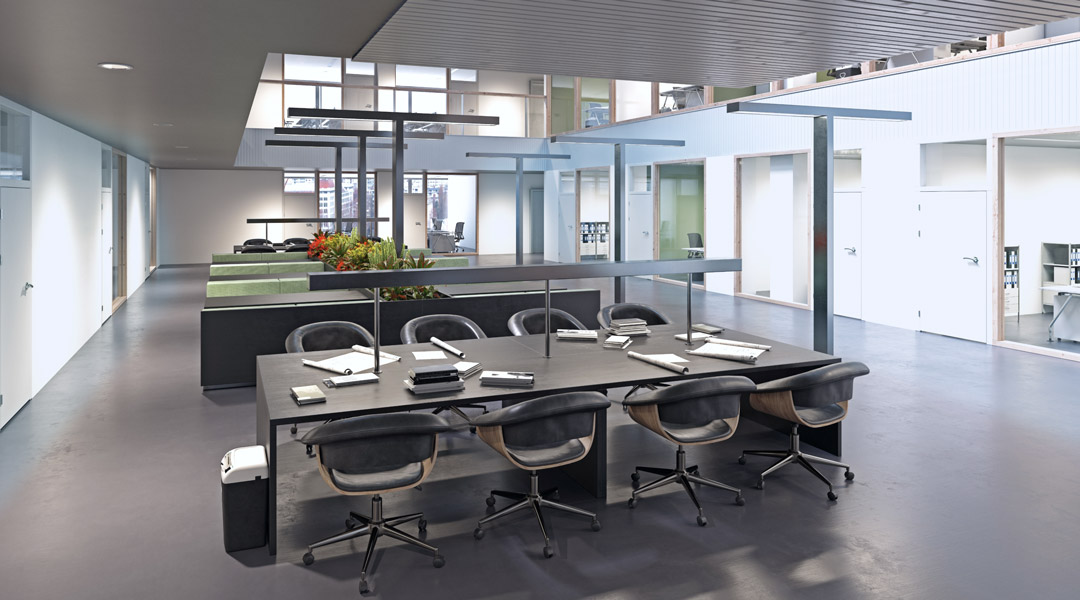
Top 8 Essential Office Space Utilization Metrics & Their Applications
One thing we know for sure is that the future is uncertain. Instead of being stuck in a daze of wonder, real estate professionals are grounding their planning processes in data. So long as they have data to guide them, they can plan for hybrid work environments that are bound to change over time. Fortune […]
-
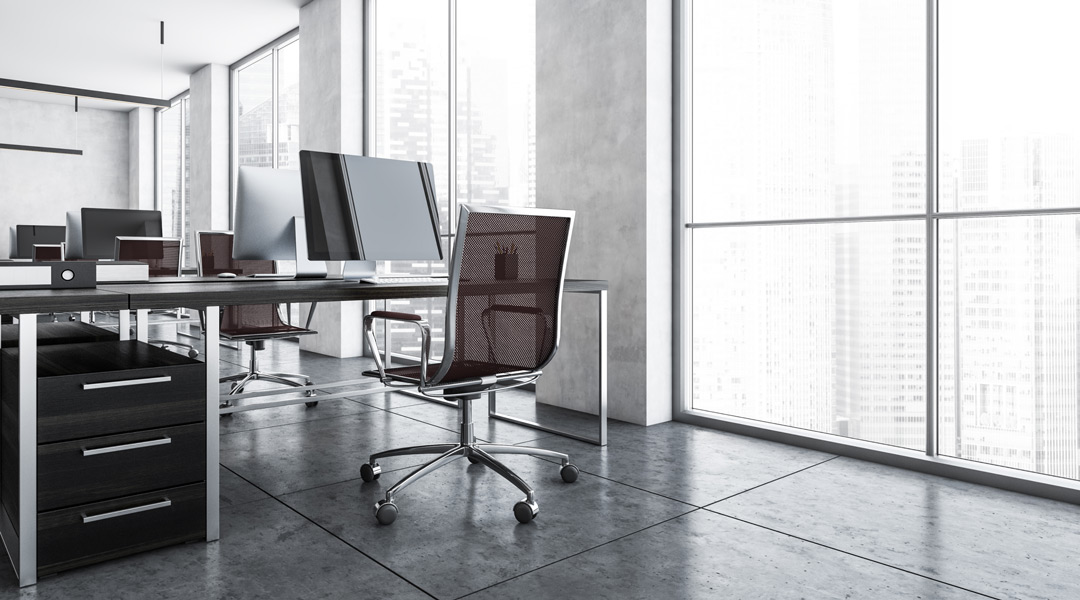
Allocation vs Utilization: Put Your Data in Action With Workplace Analytics!
If you’re a facility manager or otherwise deal with the business of organizing your office’s space, there are two terms you need to be familiar with: allocation and utilization. These terms are often used interchangeably, but they actually refer to very specific yet equally important aspects of creating a cost-effective and space-efficient workplace environment. Learning […]
-

Step up to the Challenge: Cleaner Air in Buildings
How to Improve Indoor Air Quality Plus the Innovations Needed to Remediate Concerns. Indoor Air Quality Standards are now Higher than Ever Collectively, we all measure the health of the water we drink on a daily basis and the outdoor air pollutants that affect our breathing everyday, but why has indoor air quality been an […]
-
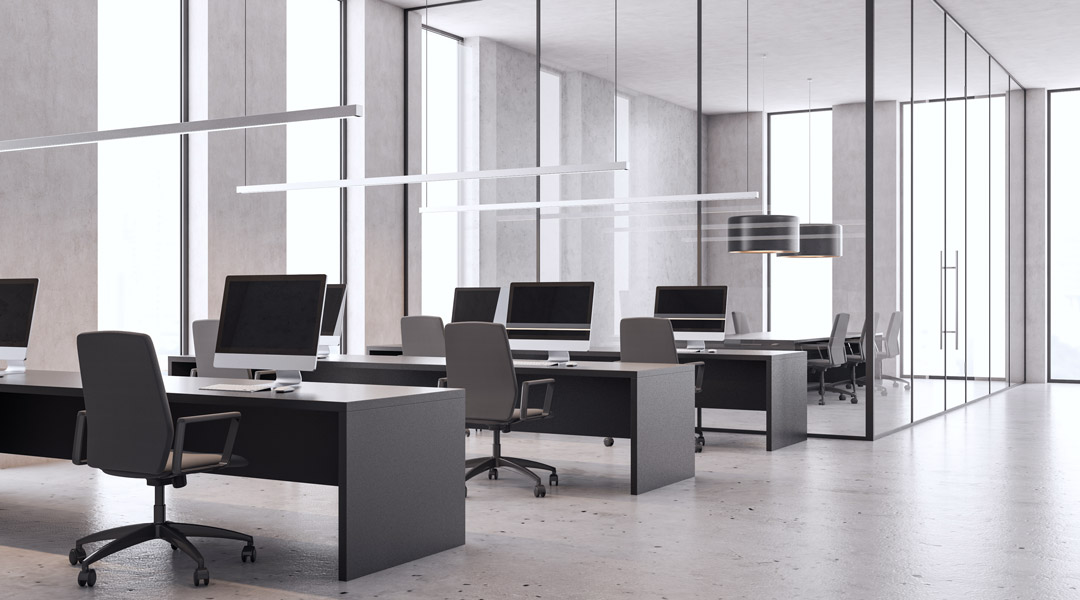
3-30-300 Rule and ROI
When it comes to selling a product, ROI is easy to visualize by simply comparing expenditure to profit—but what about estimating returns on your actual workspace? Office space is a company’s second largest cost behind people, and managers tasked with improving workplace utilization often have little reference for what drives productivity and thus makes workspace […]
-

Office Layout Ideas: How to Design Hybrid Office Space
With most American companies still in the throes of what RTO means to them, now is an opportunity for owners, operators, and tenants to reinvent the kind of space their workforce will be working in for the coming years. The pandemic has presented the business world with the opportunity to take part in the Great […]
-

New Work Schedules With the 3/2 Split (3 in Office, 2 at Home)
The Covid-19 pandemic forced the introduction of plenty of creative solutions to coworking in the lockdown era. Almost overnight, and with literal lives on the line, companies around the world had to fundamentally change the way they did business to accommodate social distancing protocols and quarantines. Two years on, many businesses have grown accustomed to […]
-

A Hybrid Office for Everyone
When the Covid-19 pandemic spread to the mainland United States in March of 2020, unbeknownst to the public, a huge scale experiment in altering the layout of the American business culture was about to begin. With nationwide quarantine orders in effect, businesses spent billions investing in Work From Home infrastructure—including things like altered scheduling, teleconference, […]
-

How Workplace Environment Affects Employee Productivity
It’s the basic question that every manager or business owner needs to answer: “What can I do to help my employees be more productive?” However, recent studies have shown that question may already be answered by the time your employees first set foot in their workspace. Factors like temperature, lighting, and noise can have a […]
-
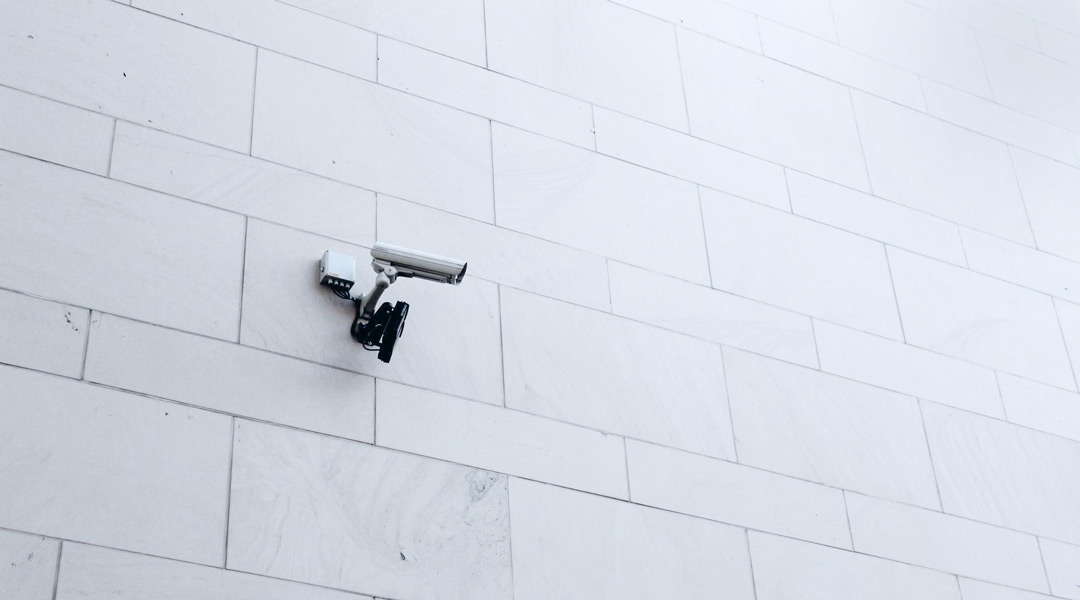
Protecting Personal Information Privacy: Anonymous Workspace Occupancy Sensors Instead of Cameras
The right to privacy in the workplace has become a hot-button legal and ethical issue. As technology evolves to better automate, codify, and streamline our work, so do the increasingly intrusive methods by which our lives are monitored—both online in the real world. Detailed information about the workplace is invaluable for it’s cost-saving applications, but […]
-

Improving Employee Efficiency with Meeting Room Occupancy Sensors
No matter how much employers or building managers wish there was a magic formula for improving employee efficiency, it remains a complex problem that depends on a lot of factors. issues with scheduling, space management, and even office comfort levels all directly influence the quality of work your employees are capable of. When confronting an […]
-
R-Zero vs Density: Differences That Will Guide You to Make a Final Decision
Investing in the new generation of smart office technology can sometimes feel like a leap of faith, especially when you don’t know what systems will work best for your unique business environment. Occupancy sensors for offices can provide crucial data about how your office or workplace is actually used by employees—data which can translate to […]
-

Sensor Data Collection and Employee Privacy
As the role of digital technology in the workplace has grown exponentially over the past two decades, so has the need for oversight of what information is collected by digital services used by employers. A Pew Research survey on consumer privacy found that “93% of adults say that being in control of who can get […]
-

Building a Modern Business with Occupancy Sensor Data
Going to the office isn’t like what it used to be. Instead of giant labyrinths of cubicles and meeting spaces, modern workspaces need to be flexible, and designed to meet employee demands. In the digital age, workplace management is really about data management, and that’s where R-Zero occupancy sensors can mean the difference between wasted […]
-

Let the Data Be Your Guide: Understanding PreCOVID19 Data to Build Future Strategies
Since R-Zero’s first deployment study in 2014, we have collected over 6M days of data. This is an enormous amount of utilization information that represents a wide range of sectors like tech, pharma, financial, and more. This data represents a time in workplace occupancy that we may not be able to replicate for years to […]
-

Facilities Management Trends in 2021
Facilities Management is a crucial, and sometimes underappreciated, aspect of any business where an office or workspace is a necessity. Proper FM balances both employee experience with cost-balancing measures and is crucial to a comfortable, well-functioning workplace. In 2021, as businesses are returning to work but stay mindful of lessons learned during the pandemic, FM […]
-
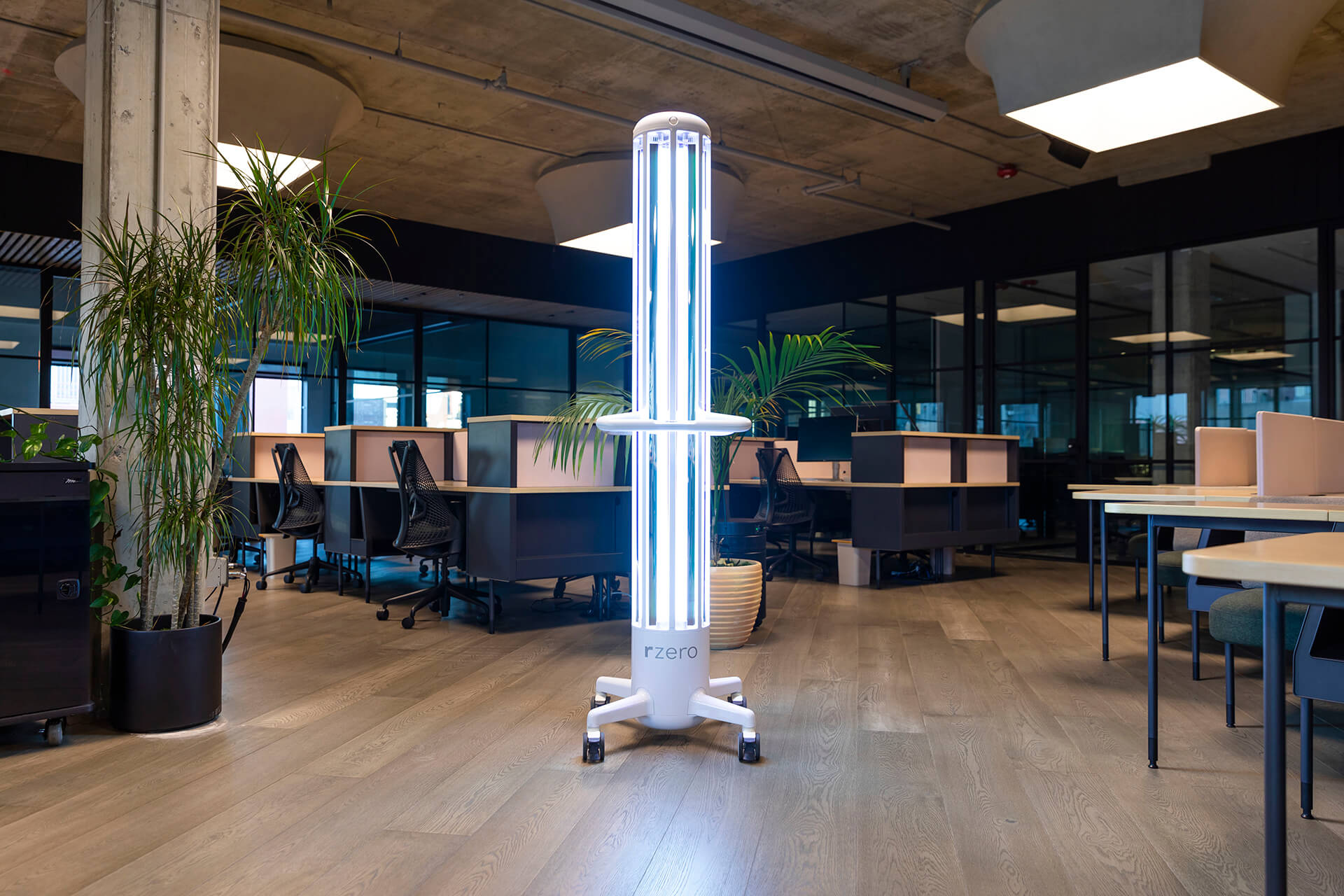
How CANOPY is Creating a Healthy Return to Its Coworking Communities
Before the start of the COVID-19 pandemic, San Francisco was arguably the coworking capital of the U.S. In 2018, the city had more coworking spaces per capita than any other major city in the country. In San Francisco’s ecosystem of tech startups, entrepreneurs and creatives, coworking spaces have in recent years served as a preferred […]
-

WorkPlace Utilization: Discrepancies between CAFM, Badge, & Sensor Data
It’s not uncommon for an organization’s assumed workplace utilization to be vastly different from reality. We’ve found this to be due to several things— a lack of understanding in what utilization represents and the low fidelity of the tools used when measuring. Historic methods for determining utilization are not actually processes of measuring at all […]
-
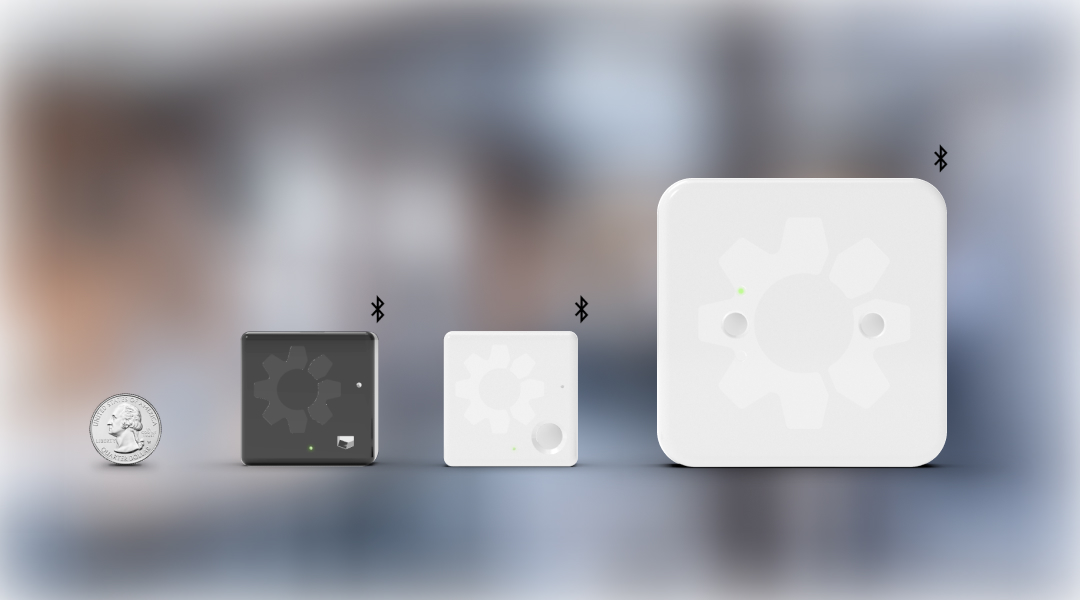
Explaining the Types of Anonymous Occupancy Sensors
Passive infrared sensing devices have become ubiquitous in commercial real estate. The technology has become a standard in many applications due to its simple and completely anonymous method of detecting presence. Historically, building systems have utilized the integration of granular motion sensors and their basic occupancy event data for driving improvements in energy usage. Sensors […]
-
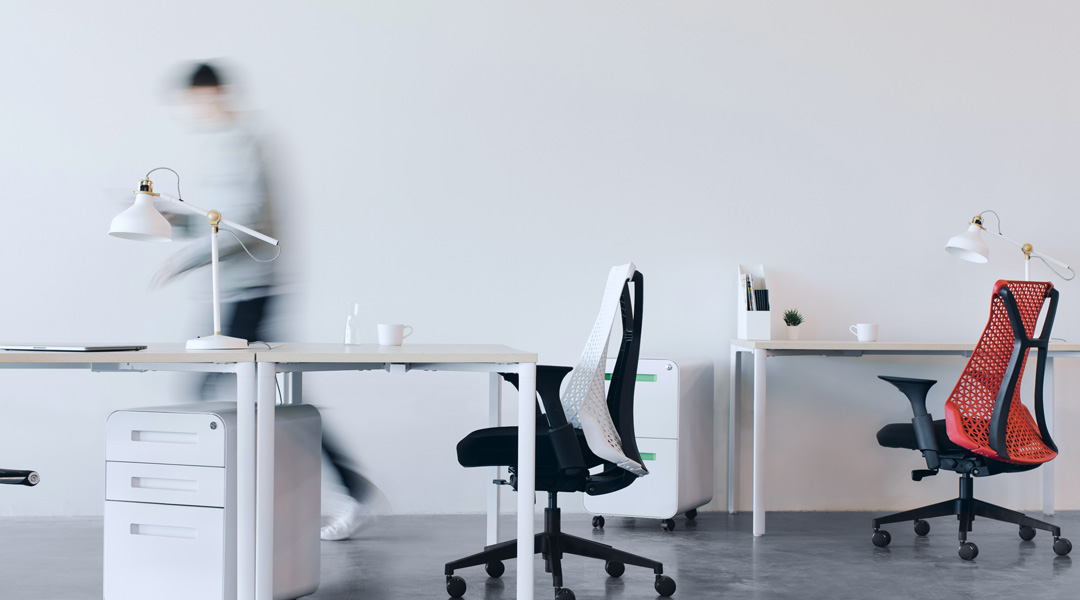
WorkPlace Data: Occupancy vs. Utilization
Not everyone analyzing workplace data has experience in workplace metrics and, even for professionals, there can be confusion when comparing occupancy to utilization. While the two are often used interchangeably, they are in fact very different. Think back to the days when companies would pay a person to walk through a building with a clipboard […]
-

Preserving Productivity with Healthy Workplaces
We’ve always considered workplace productivity the golden metric because it relates to growth, worker satisfaction, and retention. We have recently seen how digital tools can lead to time efficiency, continuity, and effectiveness while working from home. The area of productivity that real estate and facilities teams can have the most impact on is in the […]
-

A Safer Workplace is a Connected Workplace
There is a lot of confusion about real-time workplace data. When R-Zero talks real-time, we mean it. Our sensors update to the cloud instantaneously when a seat or space becomes occupied or vacated. Why is this important? Because real-time data will run the future office. Making data available to staff can alleviate fears and build […]
-

How to Decrease Costs in a Business with Low Workplace Utilization
In the shadow of COVID-19, business strategists are finding themselves suddenly stranded in dark and uncharted territory. Struggling to reclaim and retain market stability under a nail-biting stock-market decline, businesses are seeing an en-mass clearing of desks as entire workforces are ordered into self-quarantine, to care for loved ones whilst trying to manage their work […]

